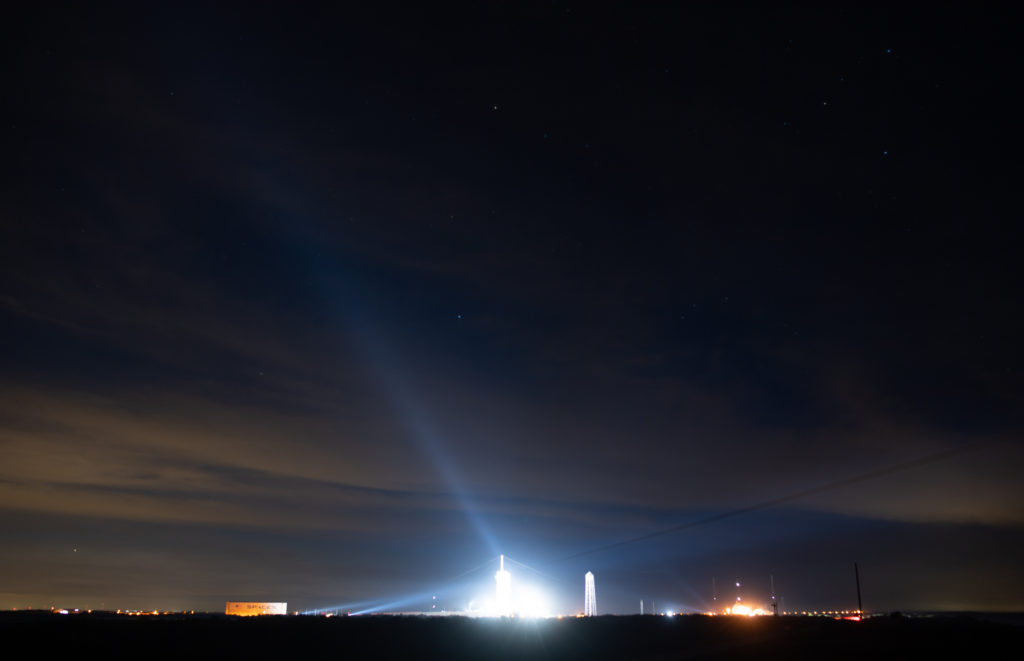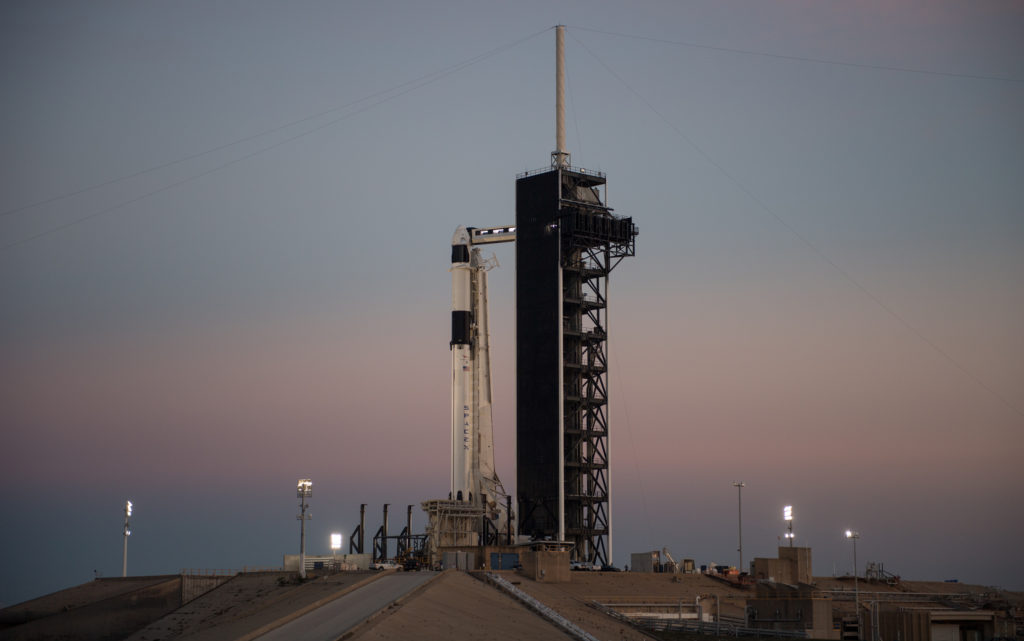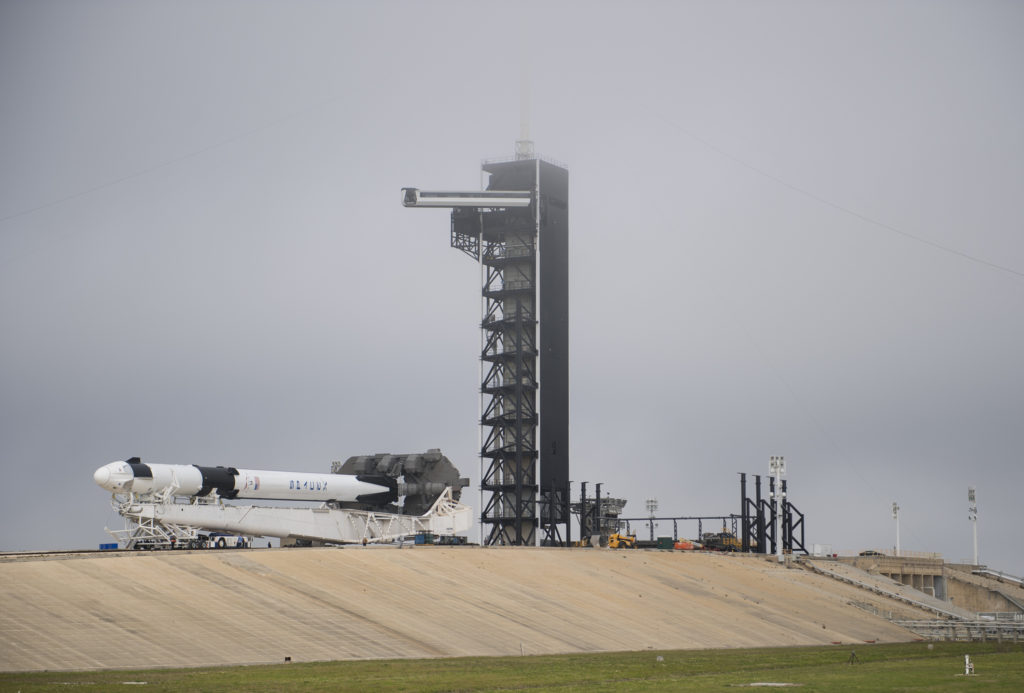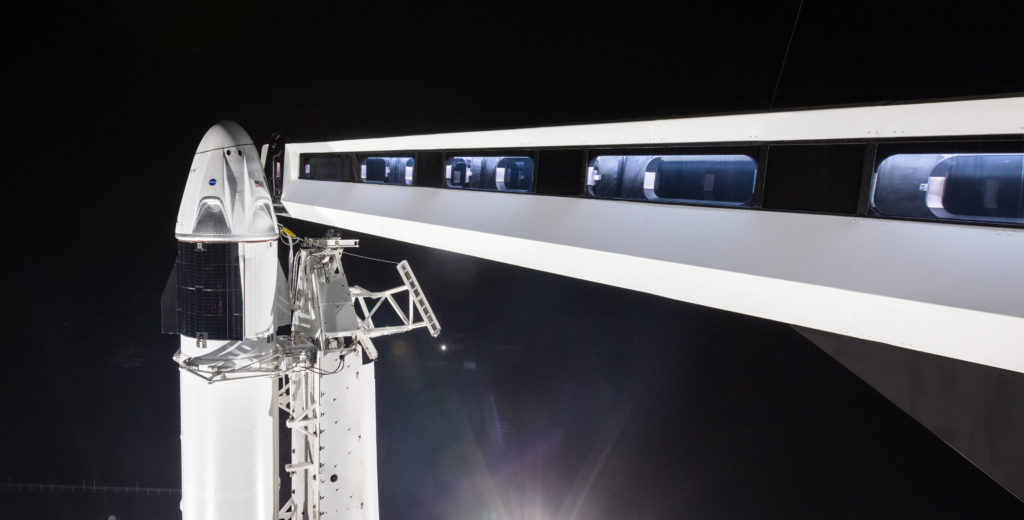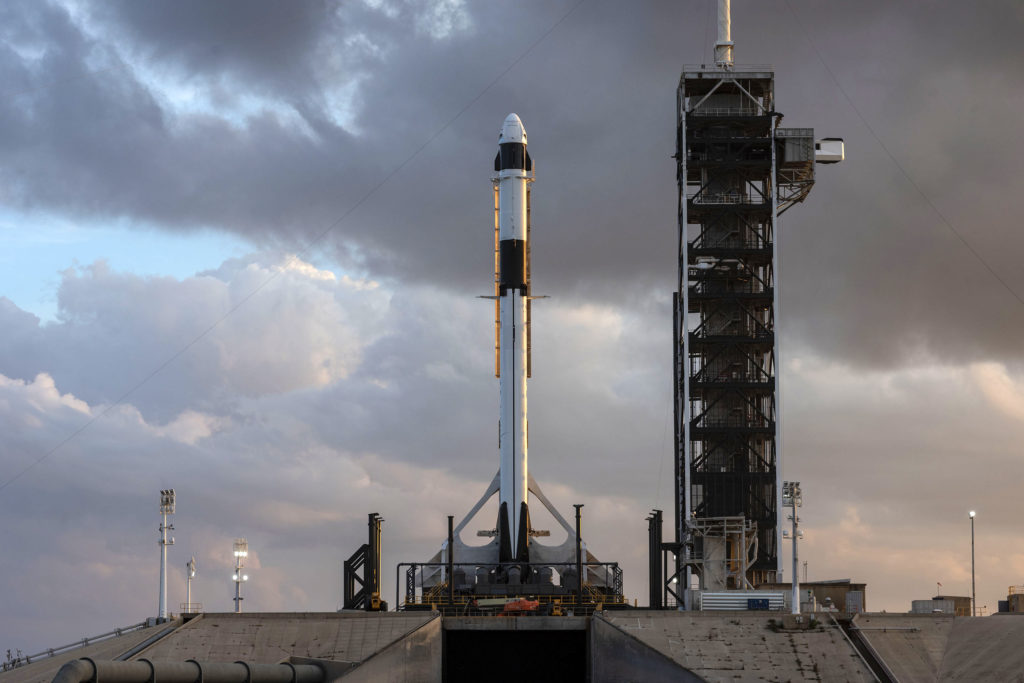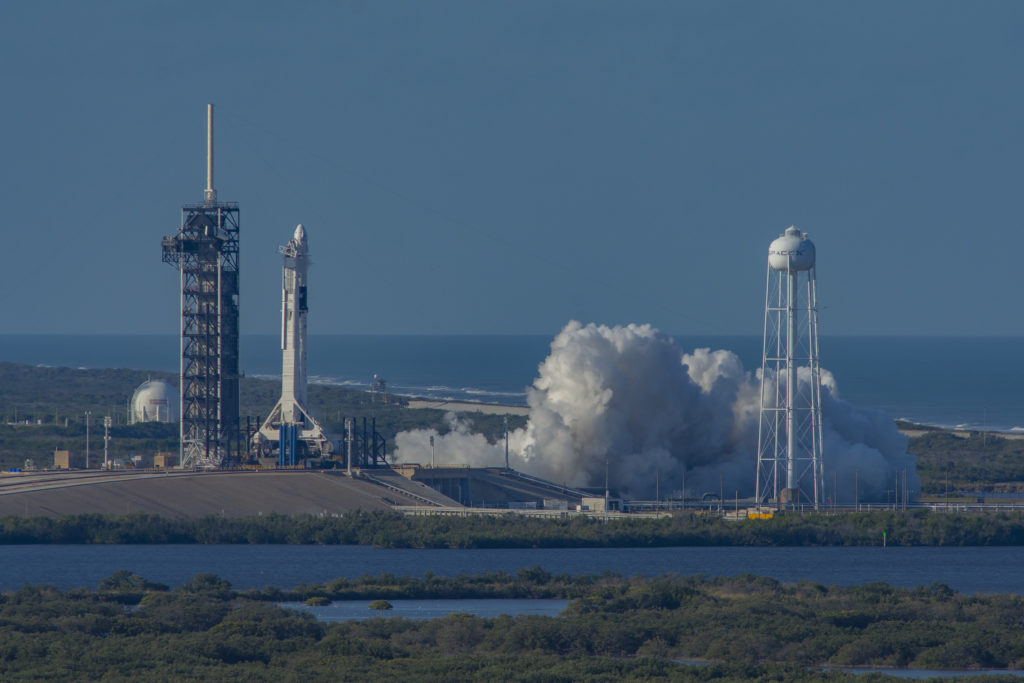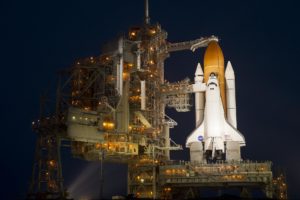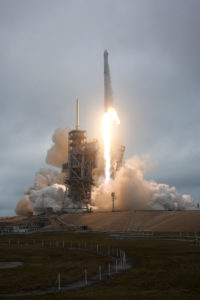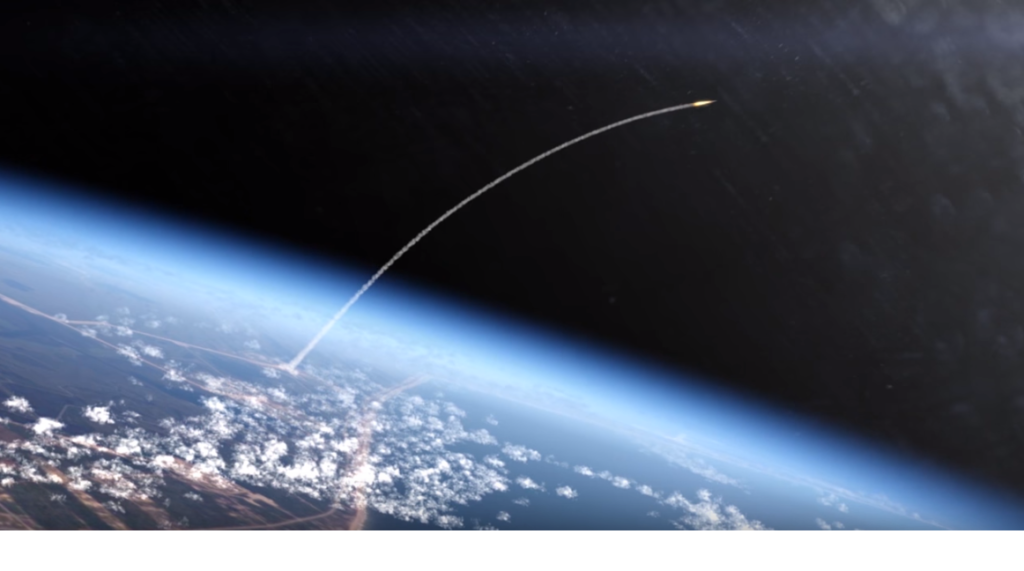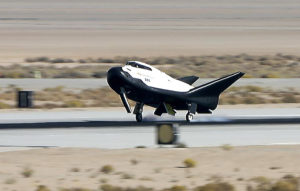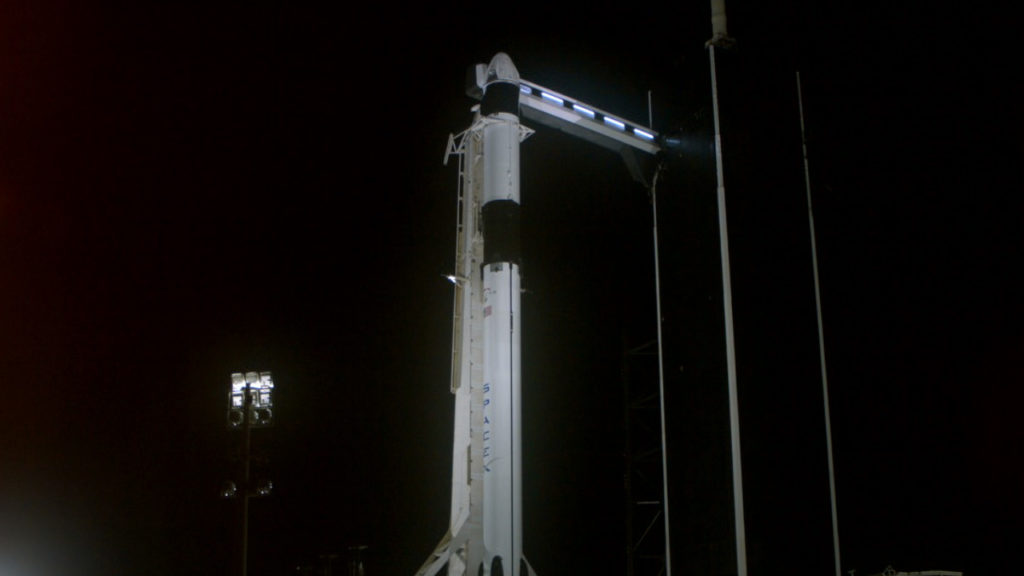
The countdown is on at NASA’s Kennedy Space Center in Florida, where the first flight of SpaceX’s Crew Dragon spacecraft awaits liftoff on its debut flight aboard the company’s Falcon 9 rocket. On this uncrewed flight test, called Demo-1, Crew Dragon is embarking on a mission to the International Space Station as a part of NASA’s Commercial Crew Program.
Launch is targeted for 2:49 a.m. EST from historic Launch Complex 39A. Meteorologists with the U.S. Air Force’s 45th Weather Squadron predict an 80 percent chance of favorable weather.
Demo-1 is the first flight of a commercially built and operated spacecraft designed to fly astronauts to the space station from U.S. soil. The mission will put SpaceX’s Crew Dragon through its paces, ensuring all the spacecraft’s systems work as expected and ultimately demonstrating its ability to safely launch astronauts to the station and return them home.
There are no people flying on the Crew Dragon this morning, but every step of the mission to come will be carried out as if astronauts were on board. Instead, a passenger named “Ripley”—an anthropomorphic test device—is strapped in for flight. Loaded with sensors, Ripley will gather valuable data about what an astronaut would experience on this mission. The Crew Dragon also is carrying about 400 pounds of crew supplies and equipment.
This morning’s launch is a cross-country effort. SpaceX’s launch team is commanding the countdown from Firing Room 4 in Kennedy’s Launch Control Center, then will transfer control to the company’s mission control center in Hawthorne, California. Meanwhile, NASA teams at Kennedy and the agency’s Johnson Space Center in Houston are monitoring today’s activities.

